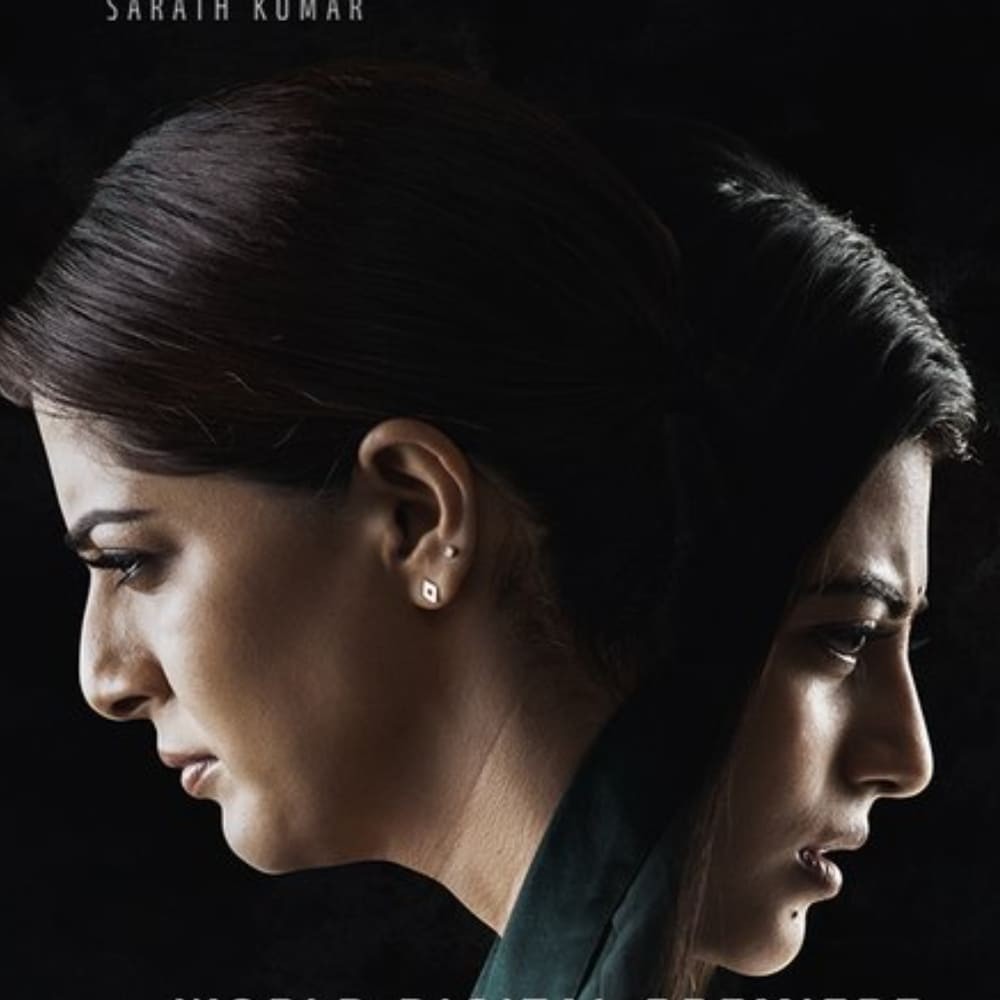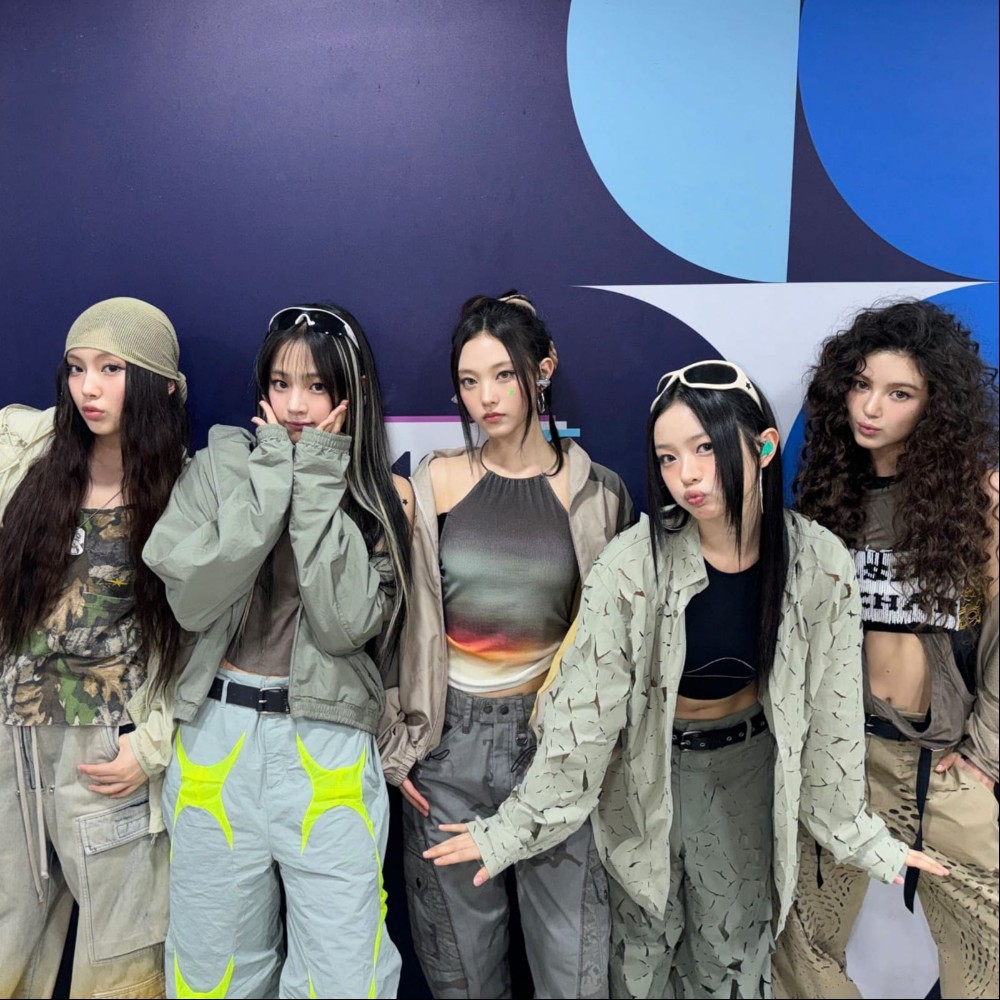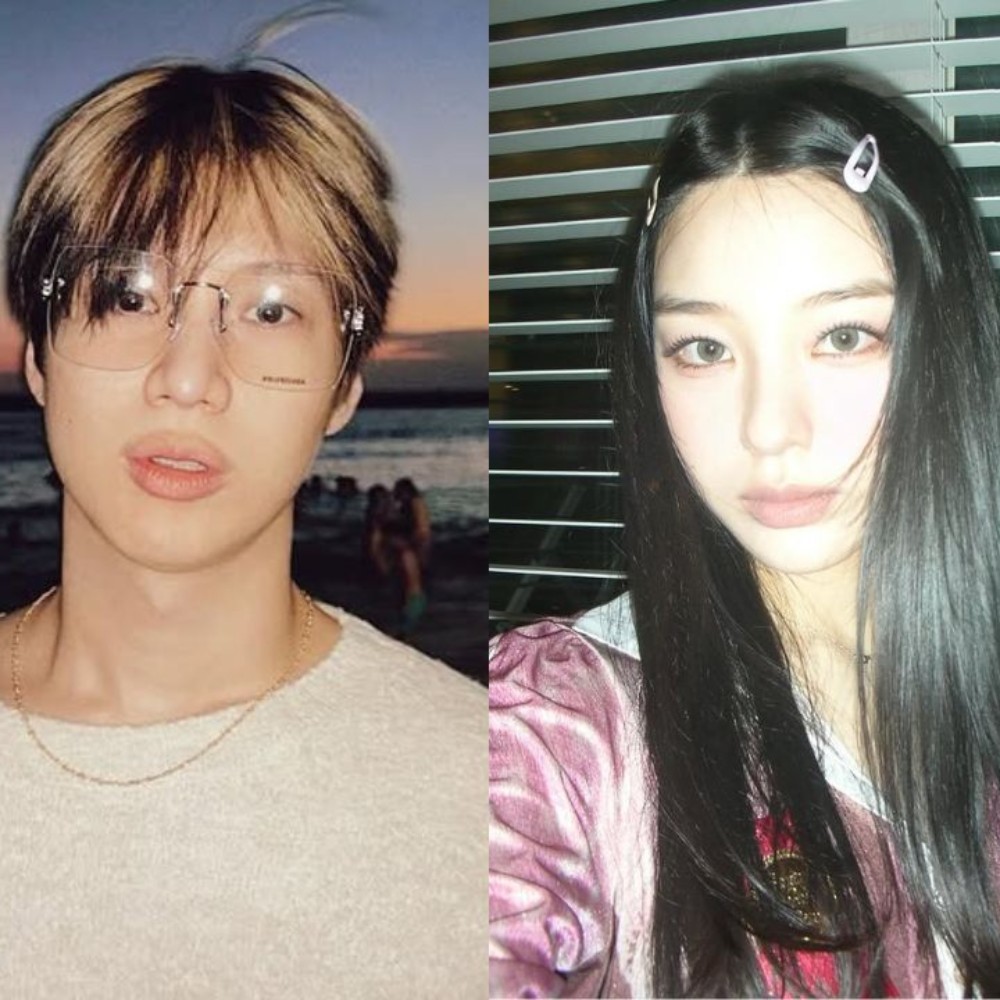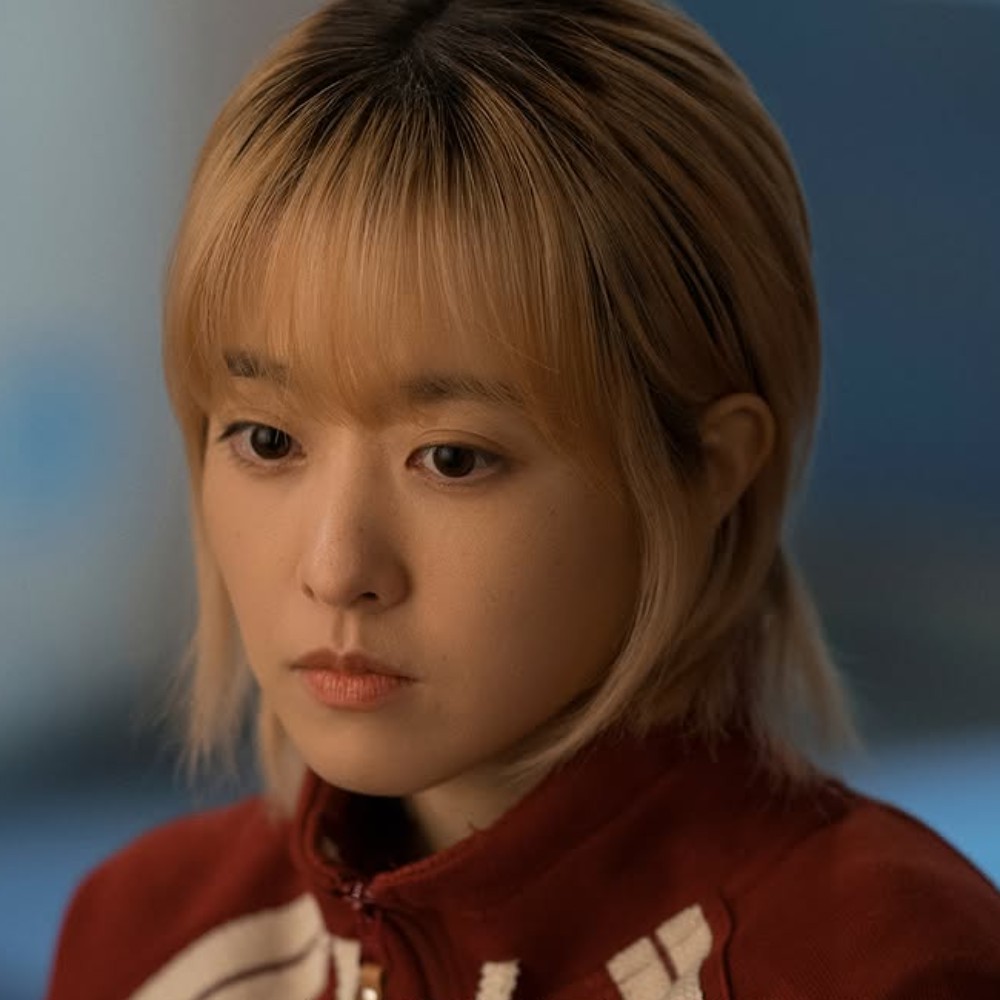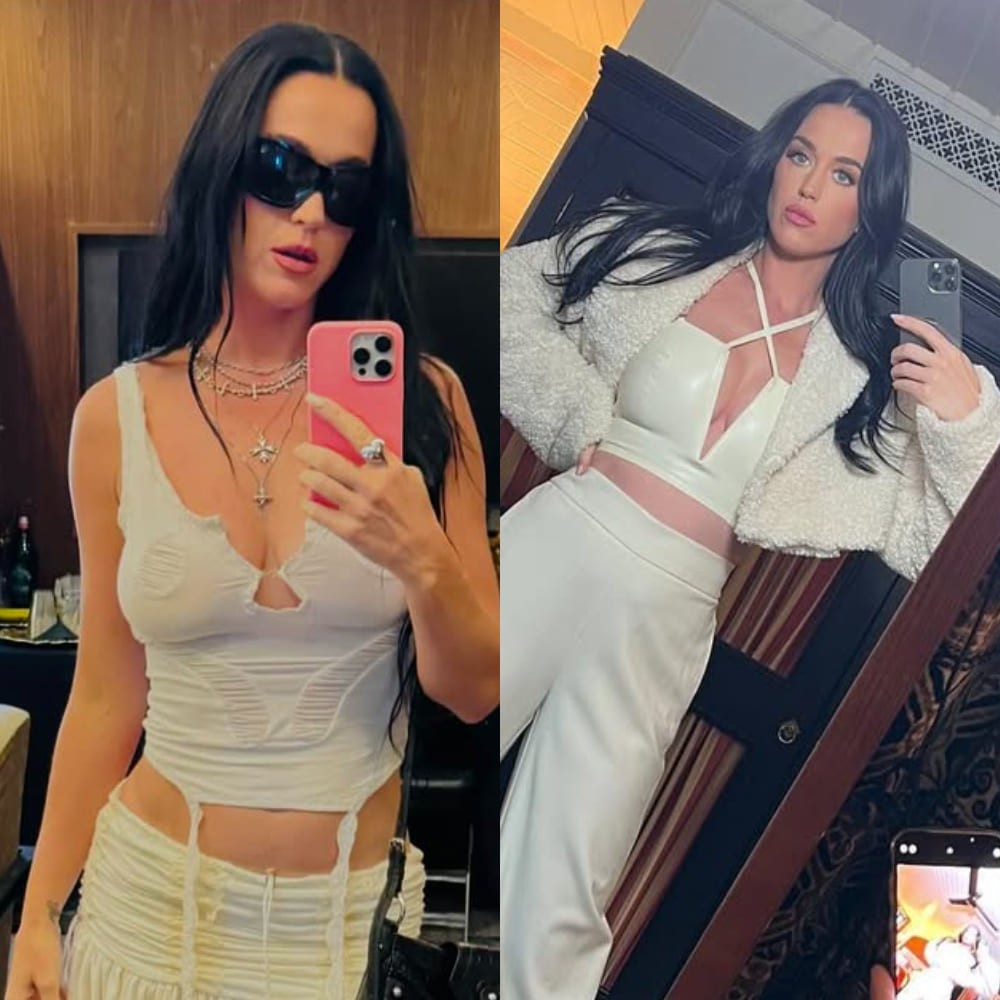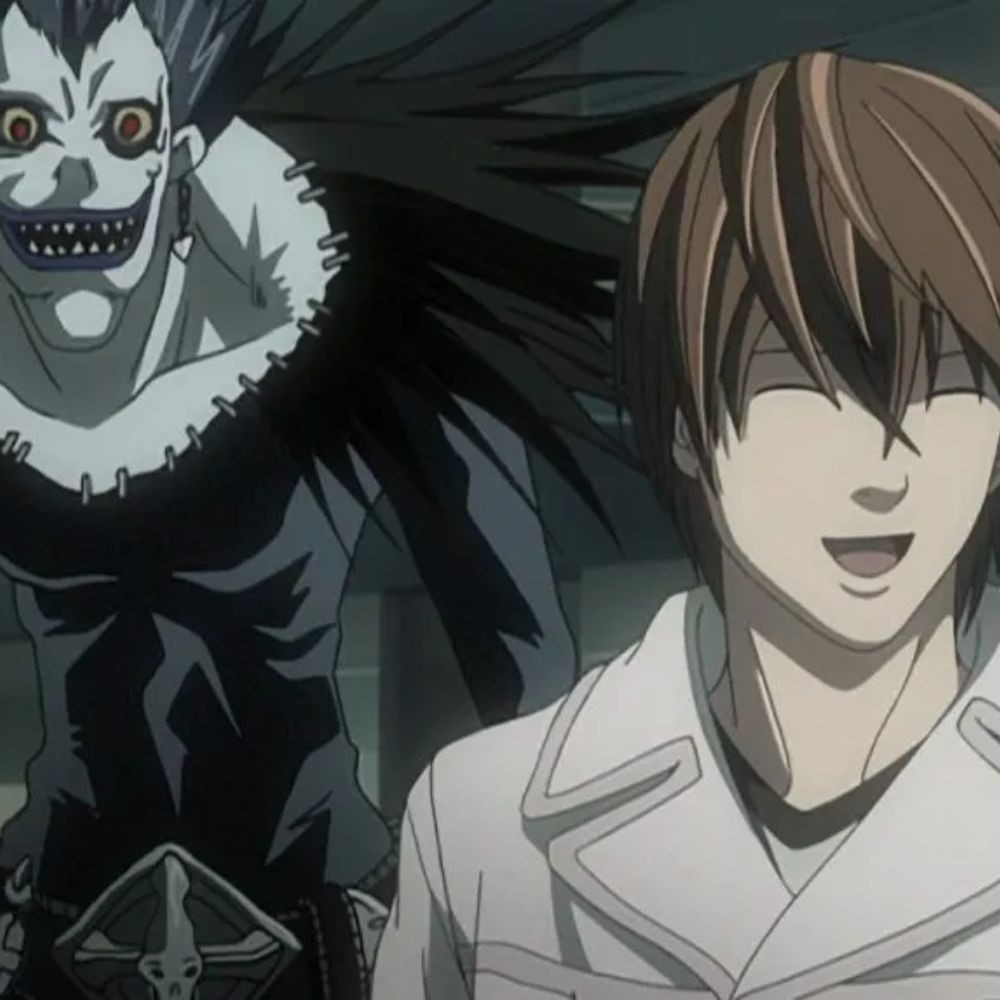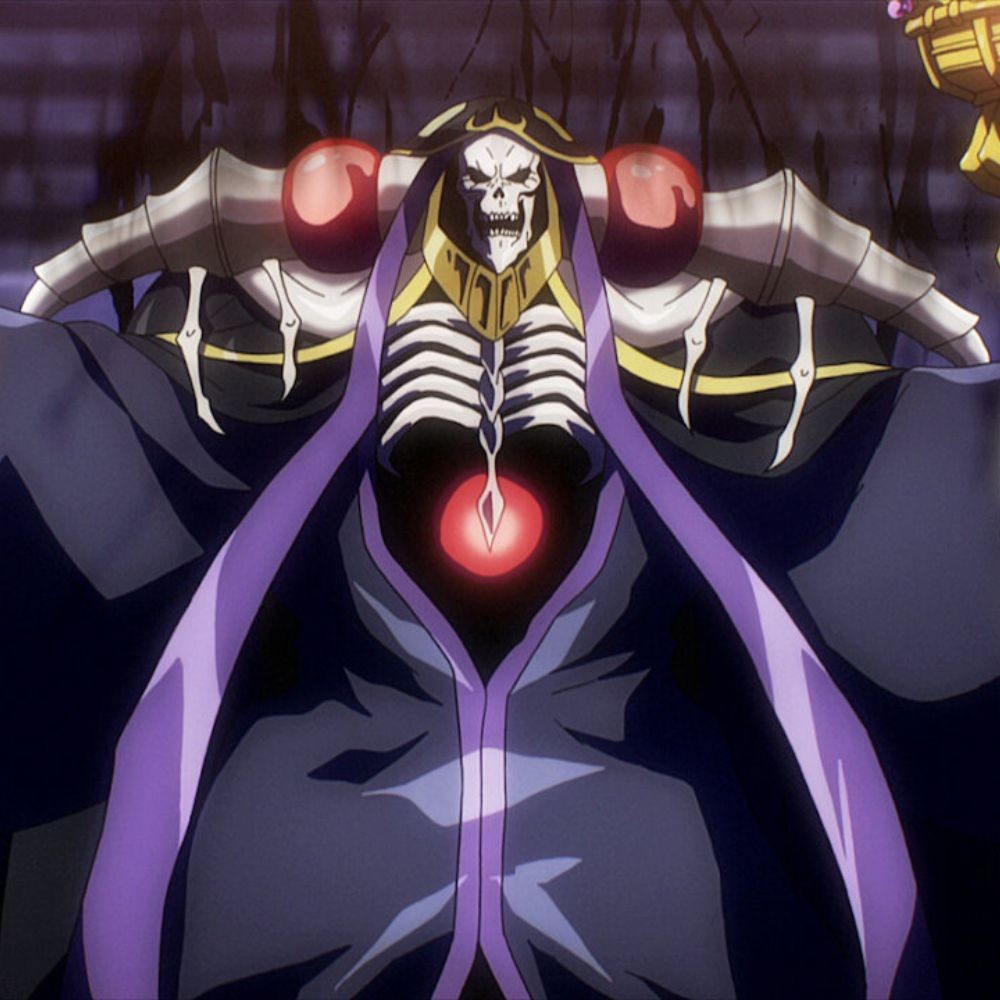Avatar The Last Airbender Live-Action Vs Original Anime: 5 Major Changes
Netflix's Avatar: The Last Airbender adaptation diverges from the original, sparking mixed reactions from fans. Find out more about the key differences here.
Netflix's Avatar: The Last Airbender has, as with any adaptation, inevitable differences from the original animation. Some fans appreciated the expanded world-building and character arcs introduced in the adaptation, while others felt that it deviated too much from the source material.
However, some fans felt that these modifications altered the essence of the characters as established in the original series. Let's delve into the changes made in Netflix's adaptation, comparing them to the source material and exploring their impact on the story and characters.
![]()
1. Aang, Omashu & Masks: Condensed and altered storylines
The Netflix adaptation condenses multiple storylines from the original series into eight episodes, primarily drawing from Book One: Water. In the original series, Aang's origin story involves a sense of guilt and recklessness, stemming from his discovery of his Avatar status some time before the attack on the Air Nomads. Netflix's adaptation reinterprets this, and alters Aang's emotional journey, offering a nuanced perspective on his sense of responsibility and the circumstances surrounding his disappearance.
Another example of the condensed storyline can be seen in the adaptation combining elements from different episodes, such as The Winter Solstice Part 2: Avatar Roku, The Storm, and The Blue Spirit, into a single episode titled Masks. In the Avatar: The Last Airbender adaptation episode titled Omashu, elements from three different episodes (The King of Omashu, Jet, and The Northern Air Temple) are adapted into a single narrative arc. This condensation allowed the adaptation to cover more ground in a shorter time frame.
![]()
2. Sokka to Bumi: Character deviations
One of the lead characters of Avatar: The Last Airbender, Sokka, undergoes notable changes in the Netflix adaptation, with his character arc depicted differently from the original series. While the animated Sokka underwent character growth through training with Suki and interactions with Yue, the live-action adaptation opts for a less cocky and more nuanced approach, exploring his insecurities and familial conflicts in greater depth.
Commander Zhao's character is also changed slightly in the Netflix adaptation, portraying him as more conniving and intertwined with Azula's schemes. His role in the narrative is expanded, leading to heightened tension with Zuko. The Omashu arc undergoes significant alterations as well, with King Bumi's character imbued with bitterness instead of goofiness, while Jet and his team are introduced as extremists destabilizing the city despite not having appeared in Omashu originally.
![]()
3. Aang's Avatar State & Azula’s Lightning: Power-ups
Netflix's adaptation has made many changes to Aang's Avatar State, granting him more power early on. In the Netflix Avatar: The Last Airbender adaptation, Aang gains access to his full power and engages with past Avatars like Kyoshi much more easily, and experiences visions of the future. This alteration allows for a deeper exploration of Aang's connection to previous Avatars and his role in the world.
Additionally, the Netflix series offers more screen time to the Fire Nation royals, particularly Azula and Fire Lord Ozai. In the original series, Azula was depicted as a complex and formidable antagonist, as she gradually descended into madness. However, in the Netflix series, Azula's characterization appears to be more overtly villainous from the start, with an increased focus on her rivalry with Zuko and her ambition to prove herself to her father. By advancing Azula's timeline accelerated in the live-action with her lightning abilities unlocked so much earlier in the story, she become a primary adversary from get go – originally, she was only seen in a brief flashback of Zuko’s Agni Kai in the Book One.
![]()
4. Differences in the Spirt World
The Netflix Avatar: The Last Airbender adaptation introduces some significant alterations to the Spirit World storyline, particularly in the portrayal of Aang's interactions with past Avatars and spirits. While the original anime delves deeply into the spiritual aspects of the Avatar universe, the live-action series takes a slightly different approach. Avatar Roku's presence is greatly reduced, and the interaction between Aang and his past lives is more streamlined. Additionally, the Spirit World itself differs, with some changes to the lore and mythology surrounding spirits and their connection to the human world.
Another change can be seen in Aang's journey into the Spirit World. In the original animated series, only Aang ventures into the Spirit World to investigate the disappearance of villagers, with Sokka becoming a victim of a vengeful spirit. However, in the Netflix adaptation, Sokka is not taken by the spirit. Instead, both Sokka and Katara accompany Aang into the Spirit World. This alteration in Netflix’s Avatar: The Last Airbender adds a new dynamic to their adventure, showcasing the bond between the trio and emphasizing their collective involvement in pivotal moments.
![]()
5. The Gaang’s dynamics: changes and omissions
Netflix Avatar: The Last Airbender adaptation had to forego many of the lighthearted, non-essential side adventures. Devoted fans of Avatar might feel a pang of nostalgia for the animation’s quirky encounters, such as Aang seeking aid from the eccentric herbalist when Katara and Sokka fall ill, or the diplomatic missions to resolve conflicts between Earth tribes while navigating a canyon. Characters like the firebending master Jeong Jeong, pivotal to Zhao's backstory, and Bato, a family acquaintance offering insights into Sokka and Katara's missing father, are notably absent.
A significant omission is Aang's exploration of waterbending, a puzzling decision given the season's focus on his quest for a waterbending mentor. Additionally, the budding romance between Aang and Katara, a prominent aspect of their journey, is largely sidelined in the live-action adaptation. Scenes like their secret tunnel escapade or encounters with the fortune teller predicting their future partners are absent, along with the tender moments where Aang's affection for Katara is evident.
For more updates and news about Netflix’s live-action adaptation of Avatar: The Last Airbender, keep an eye on Pinkvilla.





 JOIN OUR WHATSAPP CHANNEL
JOIN OUR WHATSAPP CHANNEL



